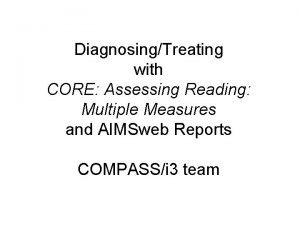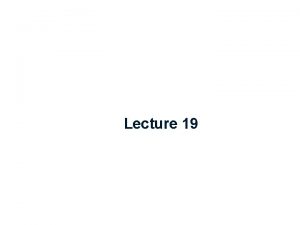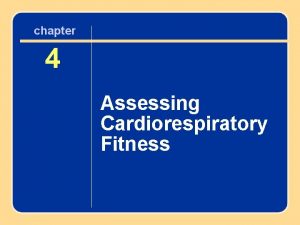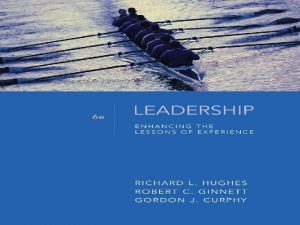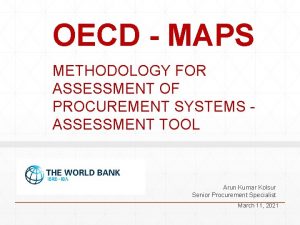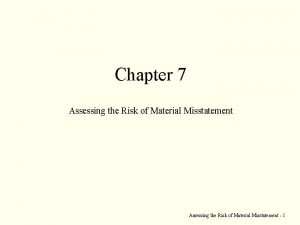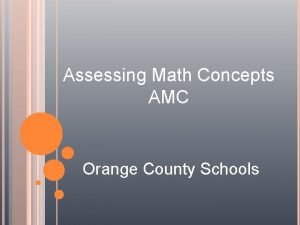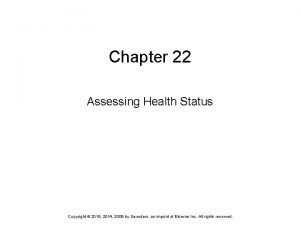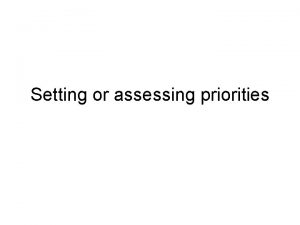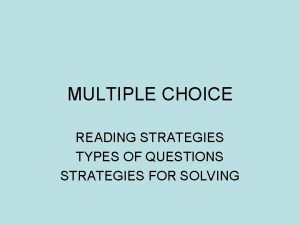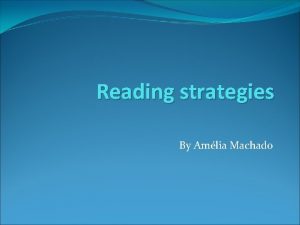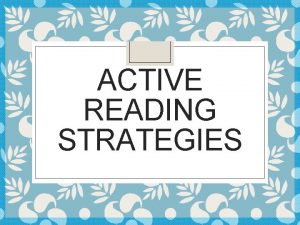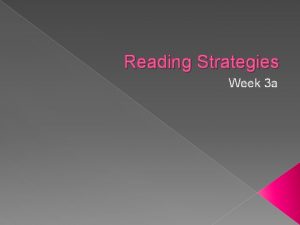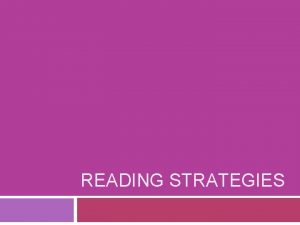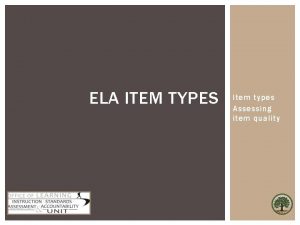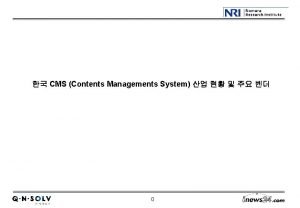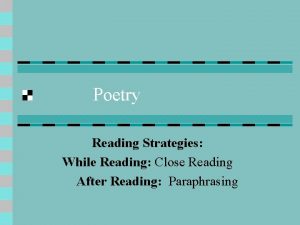Assessing Reading Contents Reading strategies Types of reading




















- Slides: 20

Assessing Reading

Contents ¡ Reading strategies ¡ Types of reading tasks Perceptive l Selective l Interactive l Extensive l ¡ Summary ¡ Dictocomp ¡ Strip story

Reading Strategies (1) ¡ Bottom-up processing (decoding) which employs micro-skills Discrimination of graphemes & orthographic patterns l Recognition & interpretation of words, word classes, patterns, rules, etc. l Cohesive devices l Making use of formal schema to decode the written text l

Reading Strategies (1) ¡ Micro-skill processing (decoding) Retain chunks of language of different lengths in short-term memory. l Recognize a core of words, and interpret word order patterns and their significance. l Recognize grammatical word classes l

Reading Strategies (2) ¡ Top-down processing which employs macro-skills l Recognition of rhetorical forms and communicative functions l Using background knowledge to make inferences l Scanning and skimming, guessing meaning of words from context, activating relevant schemata

Reading Strategies (2) ¡ Macro-skills processing Distinguish between literal and implied meanings. l Detect culturally specific references and interpret them in a context of the appropriate cultural schemata. l Develop the reading strategies – such as, scanning and skimming, guessing meaning of words from context, activating relevant schemata l

Reading Strategies ¡ The reading strategies: l Skim l Scan l Make an inference

Types genres of Reading Tasks ¡ Genres of reading Academic reading ¡ E. g. l Job-related reading ¡ E. g. l Personal reading ¡ E. g. textbooks, comic strips, test direction, letter/email, announcements, newspaper, l

Types genres of Reading Tasks ¡Efficient readers l Know the purpose in reading a text l The strategies to accomplish the purpose l How to retain the information ¡The content validity of an assessment procedure is established through the genre of a text

Types of Reading Tasks ¡ Perceptive ¡ Selective ¡ Interactive ¡ Extensive

Types of Reading Tasks (1) ¡ Perceptive: l Bottom-up processing l Decoding letters, words, graphemic symbols, etc. l Reading aloud, picture-cued word or sentence identification, etc. (Brown 190 -193)

Perceptive assessment tasks ¡ ¡ Reading aloud Multiple-choice – l l ¡ minimal pair distinction Grapheme recognition task Picture-cued items Picture-cued l picture-cued l Picture-cued (p. 192 -193) l word identification sentence identification true/false sentence identification matching word identification

Types of Reading Tasks (2) o Selective: l. A combo of bottom-up and topdown processing l Formal (lexical and grammatical) aspects of language l Formats including multiple-choice, matching, gap-filling

Selective Assessment Tasks o Multiple-choice form-focused criteria e. g. He’s not married. He’s_____ a. young b. single c. first d. a husband

Selective Assessment Tasks o Contextualized multiple-choice vocabulary / grammar tasks 1. Oscar: Do you like champagne? Lucy: No, I can’t _____it. a. stand b. prefer c. hate

Selective Reading Assessment Tasks o o Contextualized multiple-choice cloze vocabulary task (p. 196) Matching tasks o o o Editing tasks o o Vocabulary matching tasks Selected response fill-in vocabulary task E. g. paper-based toefl Picture-cued tasks (p. 199)

Types of Reading Tasks (3) ¡ Interactive: Top-down processing (with some instances of bottom-up) l More lengthy reading where the reader must interact with the text l A process of negotiating meaning l Both form-focused and meaning-focused (but more emphasis on meaning comprehension) l Cloze, comprehension Qs, editing, short answers, scanning, ordering, info. transfer (graphics interpretation) l

Interactive Reading Assessment Tasks ¡ Cloze procedure (p. 202) l l ¡ ¡ ¡ C-test Reading comprehension passage Short-answer tasks l ¡ ¡ Open-ended reading comprehension questions Editing (longer texts) l ¡ Fixed-ratio deletion Rational deletion Contextualized grammar editing tasks. Ordering tasks Information Transfer (p. 211)

Types of Reading Tasks (4) ¡ Extensive: l Top-down processing l Global understanding of a text l Skimming, summarizing and responding, note-taking and outlining

Summary ¡ Types of reading by length (short, medium, long), focus (form and meaning), and process (bottom-up vs. topdown) (see Brown 190)
 Core graded high-frequency word survey
Core graded high-frequency word survey Btec sport unit 3
Btec sport unit 3 Unit 18 assessing children's development support needs p1
Unit 18 assessing children's development support needs p1 Ways to address grammar in the writing classroom ppt
Ways to address grammar in the writing classroom ppt What is the difference between ncbts and ppst
What is the difference between ncbts and ppst Assessing need for hrd
Assessing need for hrd Informal reading assessment
Informal reading assessment Aashto manual for assessing safety hardware
Aashto manual for assessing safety hardware Chapter 4 cultural dynamics in assessing global markets
Chapter 4 cultural dynamics in assessing global markets Assessing a new venture's financial strength and viability
Assessing a new venture's financial strength and viability Assessing cardiorespiratory fitness
Assessing cardiorespiratory fitness Assessing leadership and measuring its effects
Assessing leadership and measuring its effects Many new drivers first fender bender is a backing collision
Many new drivers first fender bender is a backing collision Module 4 topic 1 assessing and managing risk
Module 4 topic 1 assessing and managing risk A nine box matrix requires assessing employees on ________.
A nine box matrix requires assessing employees on ________. Methodology for assessing procurement systems
Methodology for assessing procurement systems Risk of material misstatement table
Risk of material misstatement table Amc orange county
Amc orange county Chapter 22 assessing health status
Chapter 22 assessing health status Assessing motivation to change
Assessing motivation to change Assessing opportunity cost involves
Assessing opportunity cost involves
